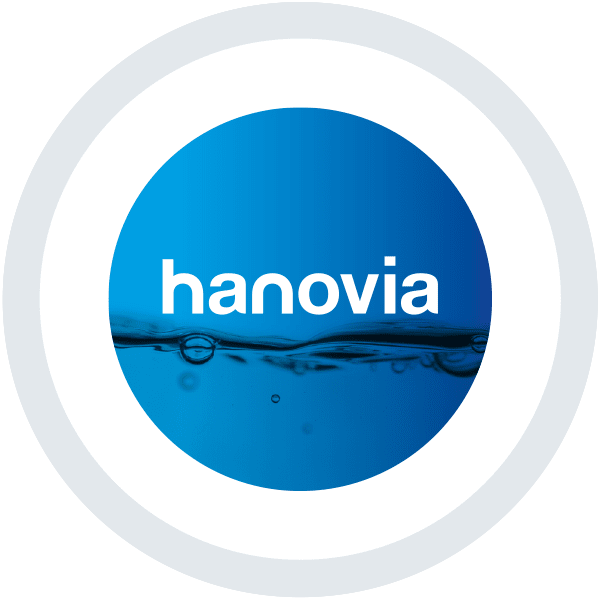FSMA – Irrigation water treatment
by B. Grochowski
With the rollout of the Food Safety Modernization Act (FSMA), new regulations aim to address food safety issues from a broader perspective than just what is occurring inside of the food production facility. In particular, the new produce safety rule impacts the food industry at the farm level, which creates new challenges for farmers as they will have a higher level of responsibility for ensuring safe produce.

Most people are aware of the numerous recalls associated with produce over the past few years. Harmful bacteria can be introduced into produce through numerous routes including contaminated irrigation water, improper cleaning and washing at the production level, as well as contamination introduced from the plant’s soil. The new FSMA regulations attempt to address each of these issues, but the irrigation water guidelines in particular will require a greater awareness by farmers to ensure compliance.
Given that most farms utilize irrigation water from untreated water sources like nearby rivers, lakes, ponds, etc., the new FSMA regulations may require farmers to treat their water to ensure it is safe for use as irrigation water. Some important requirements associated with the FDA final rule on produce safety are below:
- E. coli will be utilized and monitored as the water quality indicator.
- Untreated surface water will not be allowed for water uses where direct or indirect produce contact could occur. There is no tolerance for E. coli presence for these applications.
- For irrigation water, E. coli may be present as long as the geometric mean (GM) is <126CFU/100ml and the statistical threshold (STV) is <410CFU/100ml.
The buffer allowed by the STV should be a relief to farmers as it will allow for seasonal variability in water quality instead of requiring them to discontinue the use of that water source if a test sample exceeds the GM. Testing and monitoring requirements are minimal.
- For untreated surface water, the STV and GM are determined based on a collection of at least 20 samples over a 2-4 year period. Once the STV and GM are calculated, 5 samples per year will be required to ensure compliance.
- For untreated ground water, the STV and GM are determined based on a collection of at least 4 samples over a 1 year period. Once the STV and GM are calculated, 1 sample per year will be required to ensure compliance.
Although this will be a new requirement at the farm level, this is really a small step in the right direction with only very minimal sampling requirements. The biggest impact of these new regulations will be on farm sites whose test results initially exceed the GM and STV limits established by the FDA. In addition, sites that are currently using untreated surface water for direct or indirect produce contact will need to consider an alternate source or consider some form of microbial treatment (chlorination, ozone, UV, etc.) for their existing water source.
At the 2016 IAFP in St. Louis, Missouri, researchers from LSU will be presenting a paper that may help provide a solution to those farms using untreated surface water with high GM and STV values for E. coli. The paper entitled, “Effectiveness of Ultraviolet (UV-C) light treatment on reducing microbial levels from surface water used for irrigation of cantaloupes” analyzes the effectiveness of UV as a sole treatment barrier for E. coli in an untreated surface water source. Despite a turbid water source and low UV transmission for the surface water, UV was shown to be consistently effective at reducing E. coli levels to well below the FDA limits. The added value of using UV as the method of disinfection is that there is no harmful residual from the treatment that might hinder plant growth (as would be the case with chlorination).
This new research provides data demonstrating UV as a potential solution at the farm level for irrigation water. In addition, the consistent effectiveness of UV suggests it could play a similar role in ensuring E. coli compliance for direct or indirect produce contact water uses where the E. coli regulatory limits are even more stringent.
More information on the FDA final rule on produce safety including compliance dates can be found at the link below.
https://www.fda.gov/Food/GuidanceRegulation/FSMA/ucm334114.htm





 沪公网安备 31011202013557号
沪公网安备 31011202013557号